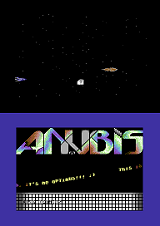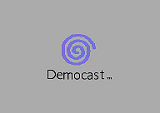
|
After a long time of absence from CPC democoding I decided to make a come back with a different concept. The idea was, how to speed up the developing process on 8bits that are already too much of a struggle to work? One concept was to create a rendering standard, where from a simple linear buffer (also called chunky, an Amiga concept) one could render 4*4 dithered tiles in the CPC format of the screen. So, effectively I simulated 256 gradients to somewhat blocky but bigger screen area and when I wrote new effects I only had to think of how to fill the linear virtual framebuffer which was a much easier job than classic CPC modes pixel per pixel rendering. So, I could concentrate on coding the effects faster even if they wouldn't always be as optimized for the screen format as possible. Now, the second concept for speedeveloping (my own term :) was to actually try to code in C on the CPC. Coding in anything less than pure assembly in 8bits was considered prohibitive in the past but seen that some other CPC demos had recently broken this rule I decided to give it a try. PhrozenC was released at the time specifically for CPC and this was the compiler where I developed this demo. Of course, I still had to write the most critical part in Z80 assembly, but the combination of C and assembly made it possible to have a better organization on non critical parts of the demo and made the scripting process a bliss (even the funny idea I had of rewinding the demo at the end of the scroller). After that, I became more fond of combining C and assembly in oldschool platforms whenever applicable.
Links: download, youtube
|
|










